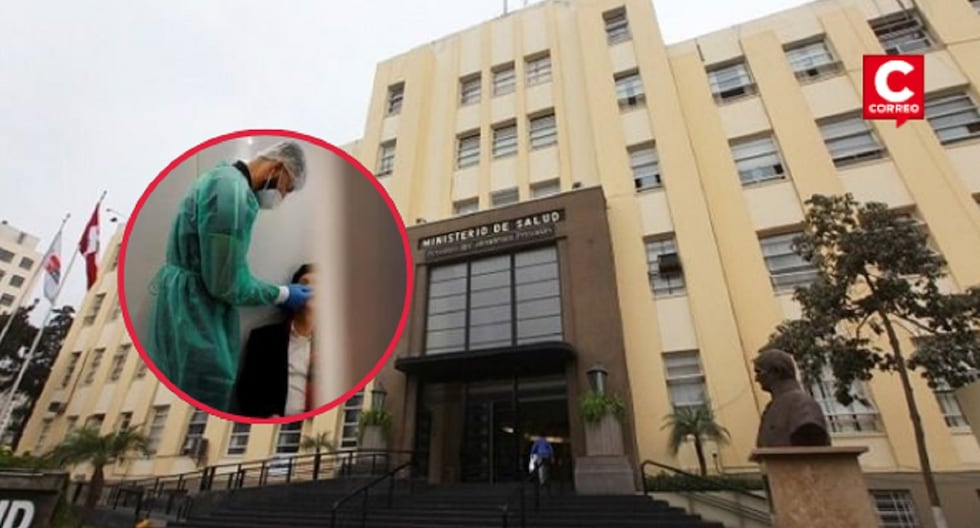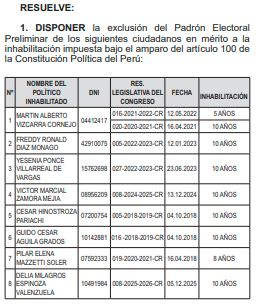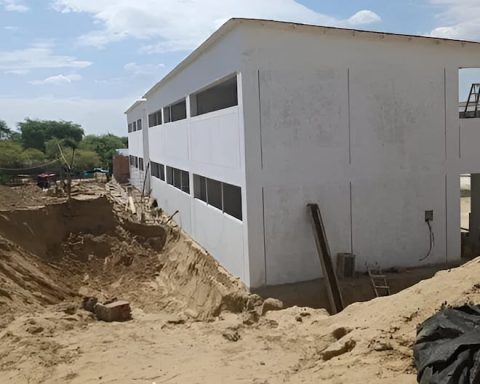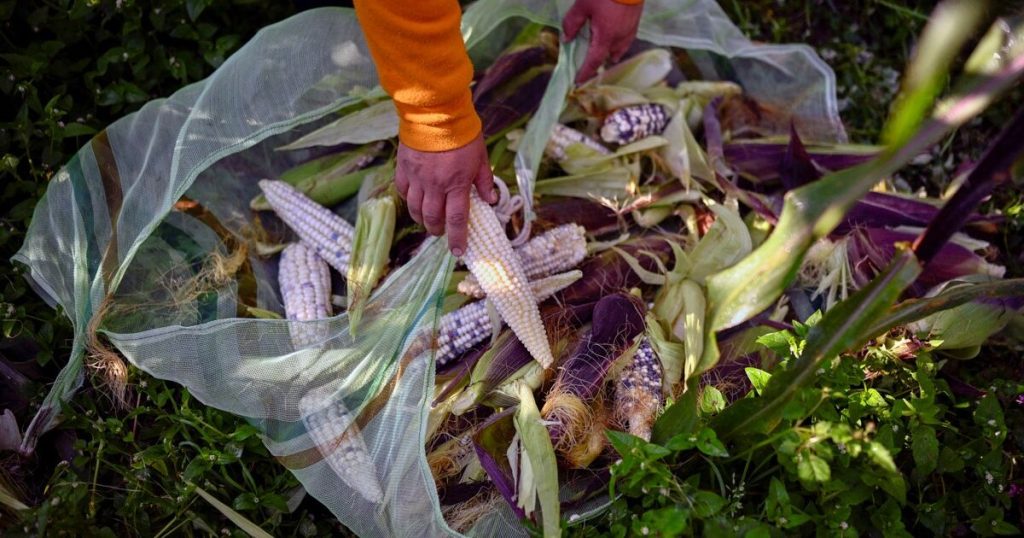The Ministry of Health (Minsa) indicated that there is no evidence of a new virus or risk of a pandemic following recent reports of acute respiratory infections (ARIs) in China.
LOOK: Tomiko Itooka died at 116, the oldest person in the world
The Minsa points out that the images circulating on social networks about a supposed new virus correspond to a seasonal increase in IRAs, common during the winter season in said country.
César Munayco, general director of the National Center for Epidemiology, Prevention and Disease Control (CDC-Peru), categorically ruled out the existence of a new virus and specified that international authorities, like the World Health Organization (WHO) have not issued alerts in this regard.
“To date, no alert has been received from the WHO about the presence of a new virus. In China, a 6% increase in care for respiratory infections has been reported, which are caused by seasonal viruses common in cold climates, such as influenza, rhinovirus and metapneumovirus,” said César Munayco.
In relation to the situation in Peru, Munayco clarified that our country is currently going through the summer season, during which respiratory infections usually have a lower incidence. However, he emphasized that the recent increase in cases It is related to the crowds and activities typical of end-of-year celebrations, which is a predictable and seasonal situation.
The specialist recalled the importance of continuing to apply the preventive measures learned during the Covid-19 pandemic, such as constant hand washing, use of surgical masks in case of illness, ventilation in closed spaces and vaccination against influenza, covid-19 and pneumococcus, for risk groups such as older adults and people with comorbidities.
“Covid-19 cases continue to occur, but not in the magnitudes recorded during the pandemic. It is essential to keep ourselves protected through vaccination, which reduces the risk of serious complications and deaths,” added Munayco.
He indicated that in countries like China, the winter season that extends from December to March, is usually marked by an increase in cases of ARIs, mainly in children and older adults. However, he reiterated that there is no evidence of a new virus or a situation that implies a new pandemic.















